10 Ply vs 12 Ply Tires
A tire ply-rating is not as relevant as it once was because tire strength is now measured with load range. The name “ply” comes from tire layers as the strength of the tire used to be associated with how many layers (plies) of cotton were used to make the tire. Thanks to advancements in modern-day tire construction, there are ways how one can make stronger tires without adding additional layers.
This is why load range became the new standard metric for measuring how much load a tire can handle in pounds. 10 ply tires can now be referred to as “E” load range tires while 12-ply tires can be referred to as “F” load range tires. So, 10 ply vs 12 ply tires? E load range vs F load range tires?
10 Ply vs 12 Ply Tires
As mentioned in the beginning, a 10-ply tire is now referred to as an “E” load index tire because it can take up to 80psi (550 kPa) of air pressure. On the other hand, a 12-ply tire (now “F” load range tire) can take up to 95psi (650 kPa) of air pressure. All of this means that a 12-ply (F) tire can withstand more load at maximum pressure as opposed to a 10-ply (E) tire that can also carry lots of weight, but not as much as a 12-ply (F) tire.
These measurements are usually considered by those who use their trucks for heavy hauling and towing as these two load range ratings are the very maximum now available in heavy-duty truck tire industry. These tires are tasked with enduring extremely high pressure and stress levels which is why they are some of the strongest tires on the market.
How Does Tire Ply Rating Compare To Tire Load Range?
Thanks to modern tire manufacturing techniques, we don’t have to rely on ply ratings to understand how much weight a tire can carry. The number of layers on top of a tire doesn’t represent a tire load range anymore because you can make a strong tire with fewer layers and you can also make a weaker tire with considerably more layers.
In order not to be bogged down with all the differences and reasons, we are going to tell you how each ply rating corresponds to modern-day tire load range ratings. You also need to consider the load index which is similar to load range.
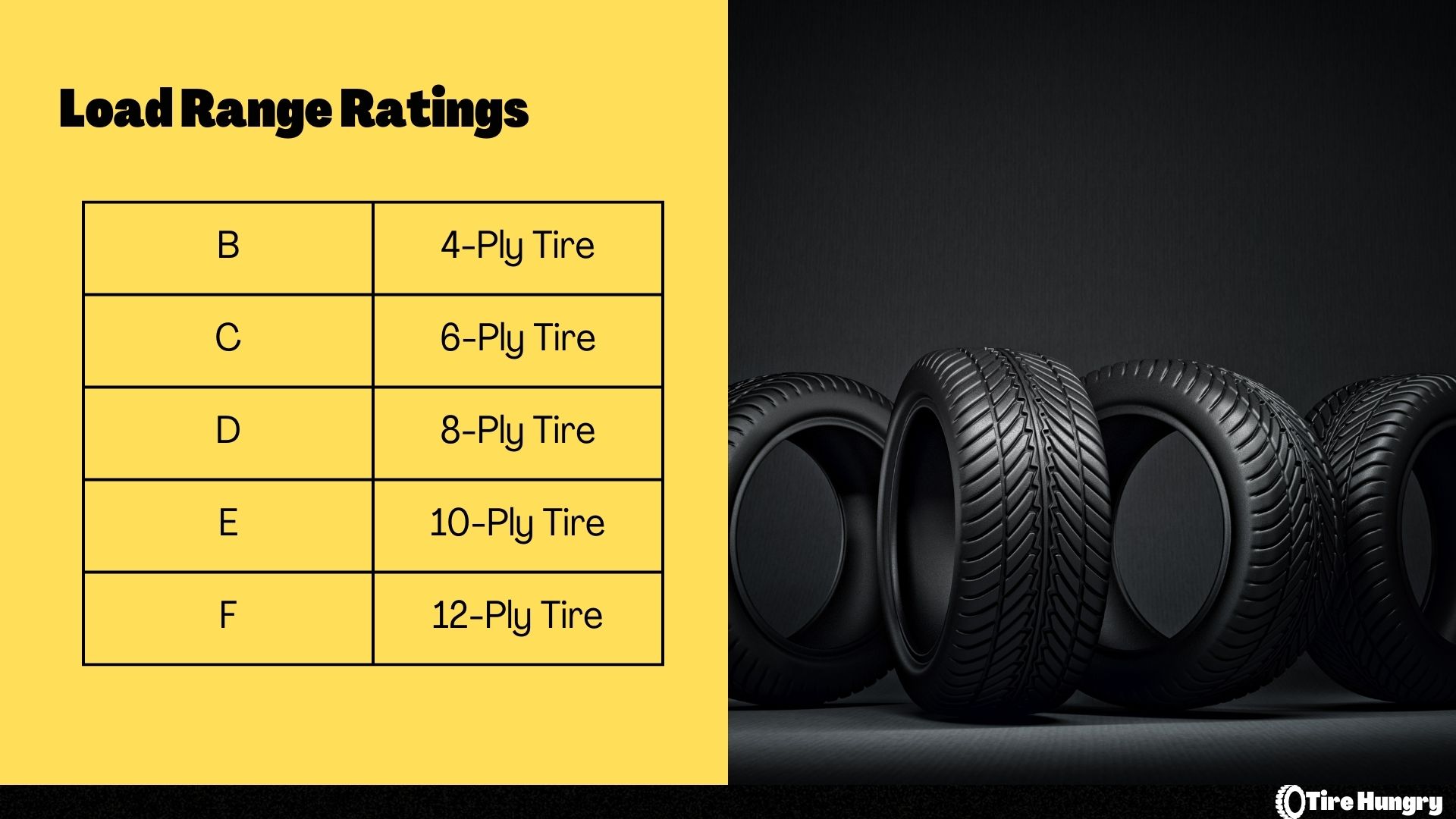
What Are The Benefits Of 10-Ply Or E-Load Range Tires?
- Costs
- Better fuel economy
- Comfort
- Performance
- Road noise
Are 10-Ply Tires Cheaper Than 12-Ply Tires?
A 12-ply tire is the most capable tire when it comes to the load range as it corresponds with the top-level “F” load range index. This means that a 12-ply tire is the most durable, most capable tire when it comes to hauling and towing. In order to make a tire as durable as that, engineers had to compromise on a wide variety of characteristics which pushed the price up as opposed to a 10-ply tire.
You also need to keep in mind that a 12-ply tire is not as popular as a 10-ply tire which means that usual supply & demand laws dictate a higher price. Furthermore, 12-ply tires are heavier which directly affects how expensive they are to ship, especially because most tire makers shift these in great numbers at the same time.
Are 10-Ply Tires More Fuel Efficient Than 12-Ply Tires?
As mentioned in the previous paragraph, 12-ply tires are considerably heavier than 10-ply tires which means that more force is needed to get them going. The higher the rolling resistance, the harder the engine needs to work to roll the tires. This inevitably pushes up your fuel consumption and the differences between 10-ply and 12-ply tires can easily be noticed.
Are 10-Ply Tires More Comfortable Than 12-Ply Tires?
10-ply tires are designed with softer rubber compounds which make the tire noticeably more comfortable, especially at higher speeds. 12-ply tires use some of the hardest and most durable rubber compounds because they are designed to endure 95psi of air pressure which is far more than what you get from a regular tire.
All of this means that a 10-ply tire is going to tackle road undulations in a more continuous way which directly affects how bumpy the ride is behind the wheel.
Do 10-Ply Tires Perform Better Than 12-Ply Tires?
10-ply tires do perform better than 12-ply tires because they are lighter and can withstand direction change a lot better. 95psi is an extreme amount of pressure that makes the tires incredibly stiff. That is not to say that 80psi isn’t, because it is, but 15psi of difference on such as high level can make a night and day difference, especially if you are not hauling or towing anything when comparing the two.
Are 10-Ply Tires Quieter Than 12-Ply Tires?
We have already talked about how 10-ply tires use a softer compound which makes the tire more comfortable. This is also closely related to how much noise a 10-ply tire makes as opposed to a 12-ply tire. It is safe to say that both 10-ply and 12-ply tires make a lot of noise, especially on the highway, but a 10-ply tire is indeed a bit better in that regard.
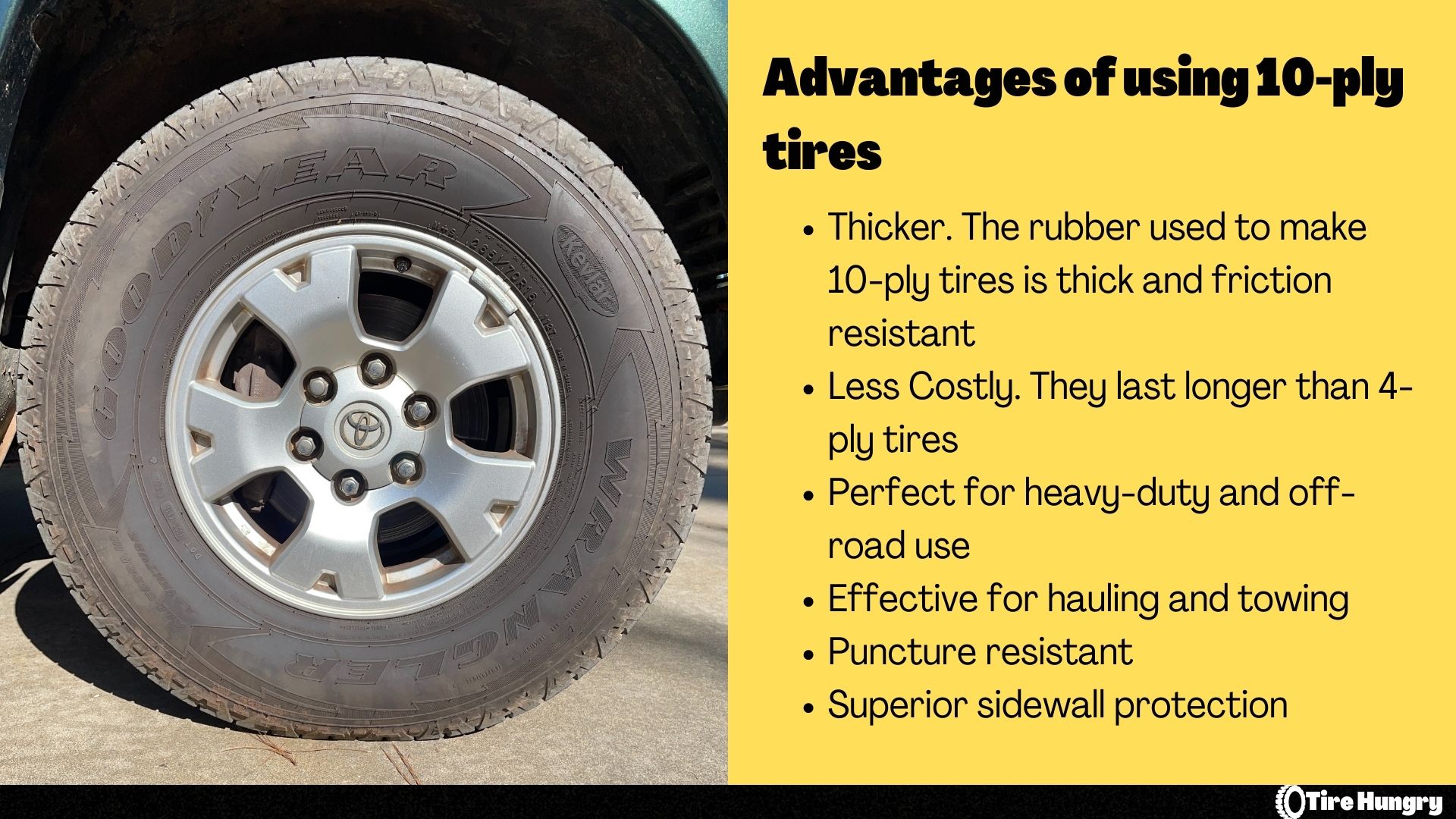
What Are The Benefits Of 12-Ply Or F-Load Range Tires?
- Durability
- Better for hauling
- Better for towing
- Better working man’s tires
Are 12-Ply Tires More Durable Than 10-Ply Tires?
When it comes to the most durable tires, 12-ply tires are at the very top of that chart because they are designed to withstand extreme weight. For a spot of context, you can’t air up a 10-ply tire for more than 85psi while at maximum capacity because the tire will not be able to endure that. This is likely going to result in a tire blowout, an especially aggressive one.
On the other hand, a 12-ply tire can comfortably endure 85psi without compromising its structural integrity. This plays a massive role when it comes to overall durability as the 12-ply tire can always endure more than a 10-ply tire. This also corresponds to the fact that a 10-ply tire is more likely to get punctured as opposed to a 12-ply tire.
Are 12-Ply Tires Better For Hauling?
One of the main two benefits of 12-ply tires is that they can haul more weight more safely. 12-ply tires are likely going to stabilize heavy loads onto the truck a lot better which means that the truck is not going to sway as much as it otherwise would with a 10-ply tire. However, we can easily say that a 10-ply tire is extremely capable in its own right, but not as much as 12-ply tire.
Are 12-Ply Tires Better For Towing?
The second main benefit 12-ply tires have over 10-ply tires is that they are better for towing purposes as well. Not only that 12-ply tires beat 10-ply tires in this regard, but they are the very best tires for towing in general. They can tow the heaviest loads in the most controllable and safe manner without worrying about damaging your tires.
Are 12-Ply Tires Better Working Man’s Tires Than 10-Ply Tires?
12-ply tires are designed with commercial use in mind which means that they are not designed for daily commuting. These tires are almost exclusively being used for heavy-duty trucks at large construction sites with a bunch of potholes, curbs, sharp rocks, and aggressive dips, all of which can hurt a normal everyday tire.
Even though a 10-ply tire is nothing to sneeze at when it comes to toughness, a 12-ply tire is the champion. This also means that 12-ply tires are better when it comes to off-roading because these are the challenges most off-road tires need to face in order to be good at what they do.
How Does Tire Load Rating Affect Tire Longevity?
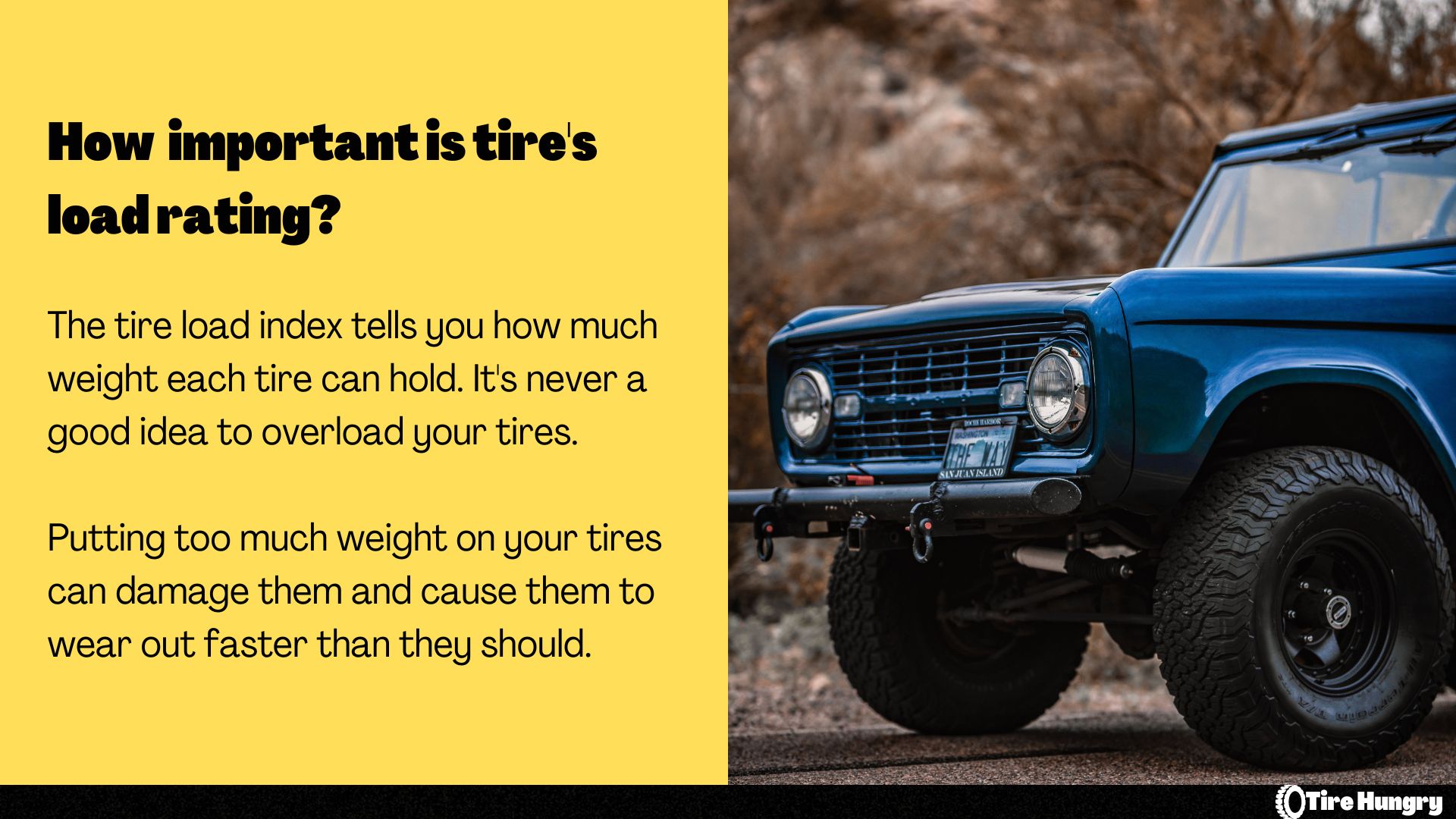
You’d be forgiven for thinking that a tire as durable as a 12-ply tire should be able to last longer than a 10-ply tire, but that is not always the case. We need to keep in mind that a 12-ply tire is designed for hauling and towing the heaviest loads which means that the stresses a 12-ply can endure on a daily basis are much more extreme when compared to a 10-ply tire.
12-ply rated tires are also more susceptible to overheating, especially during the summer because they are more massive and they also carry more weight. Such long-term high-temperature exposure is bound to shorten the lifespan of a 12-ply tire much more than a 10-ply tire.
However, this is only a single factor that can’t make a huge difference in tire longevity, especially if you do your best to increase the lifespan of your tires.
Conclusion
10-ply and 12-ply tires are some of the world’s most durable tires because they can tow and haul weight better than all other ply-rated tires currently in standard production. 10-ply tires are more than enough for most situations while also being more comfortable, cheaper, better-performing, and use less fuel.
On the other hand, 12-ply tires are more durable, are better with towing and hauling, and should be able to tackle challenging terrains better. It’s all down to what you value more and how serious you are about maximum weight.
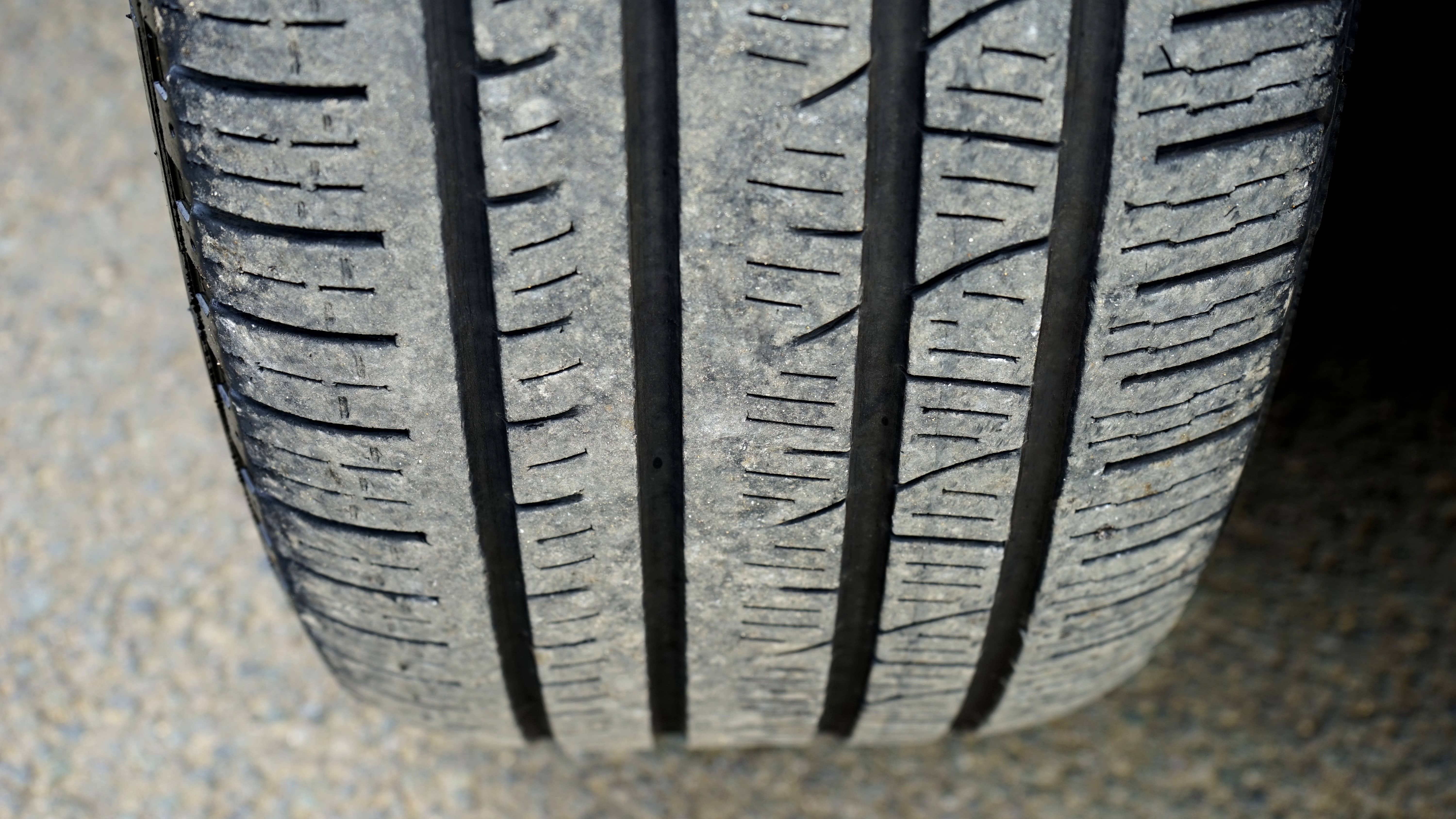
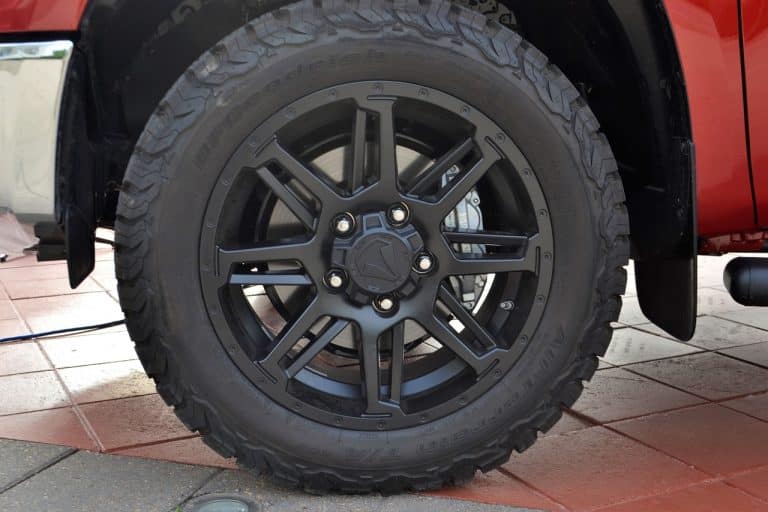


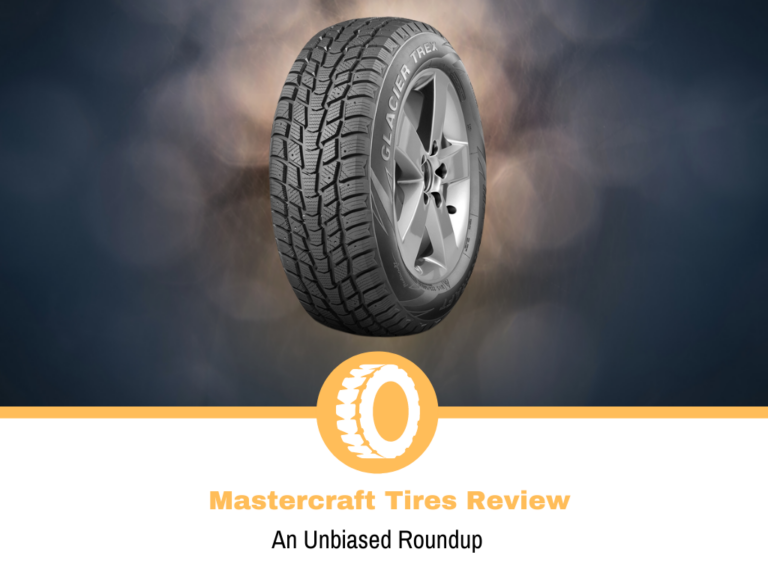
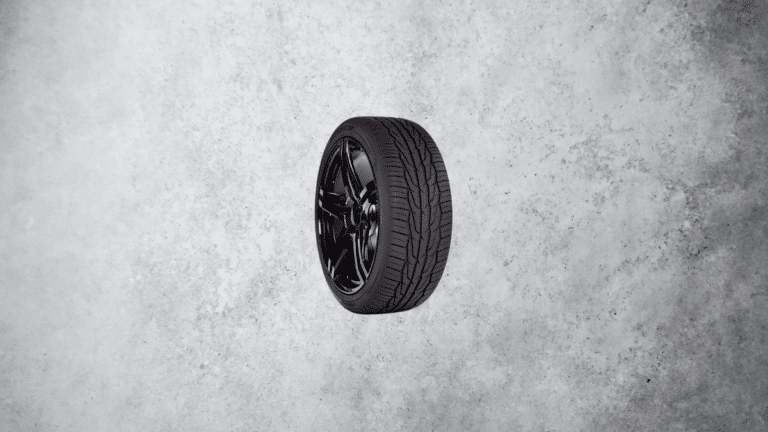
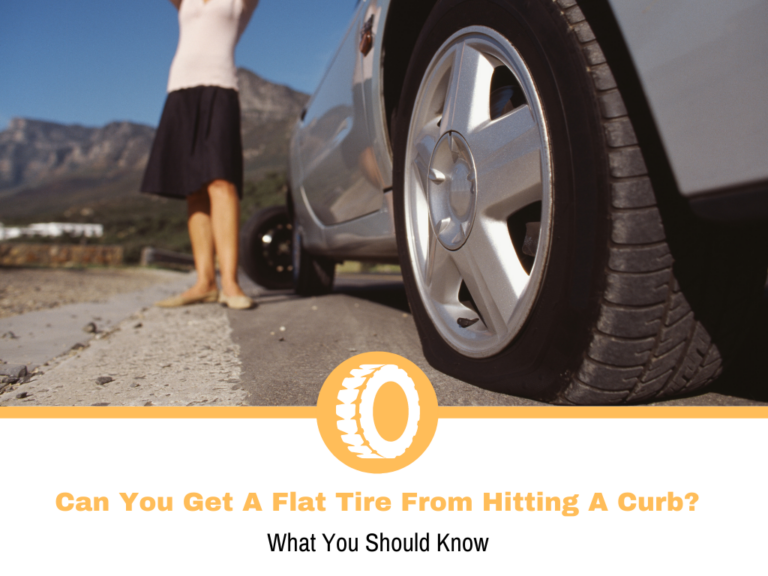
Great info thank you
We row a 40 foot fifth wheel and a slide on truck camper. We decided to switch to Duratrac and they did not stand up.
We are looking at Toyo, your thoughts?